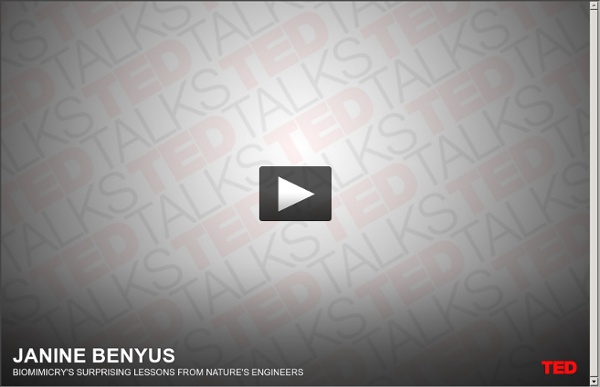Janine Benyus: The promise of biomimicry

Biomimicry and e-Readers - Spark - CBC Player
Jan 19, 2014 | 12:07Spark Net Neutrality Audio Spark Net Neutrality Jan 19, 2014 | 12:07Could your ISP intentionally slow down Netflix or throttle your Skype calls in order to make their own services more appealing? Stanford law professor Barbara van Shewick explains recent U.S. Net Neutrality news, and what it could mean for Canadians. Jan 19, 2014 | 9:46Spark The Bookless Library Audio Spark The Bookless Library Jan 19, 2014 | 9:46There's nothing special about a new library opening in Texas…unless it's a library with no books. Jan 19, 2014 | 8:59Spark The Internet of Insecure Things Audio Spark The Internet of Insecure Things Jan 19, 2014 | 8:59The promise of "smart" homes and cars brings Utopian visions of a seamlessly interconnected future. Jan 19, 2014 | 7:17Spark Not-Quite-Connected Audio Spark Not-Quite-Connected Jan 19, 2014 | 7:17Many household devices are already connected to the internet. Jan 16, 2014 | 32:53Spark Barbara van Shewick on Net Neutrality Audio
Related:
Related:



